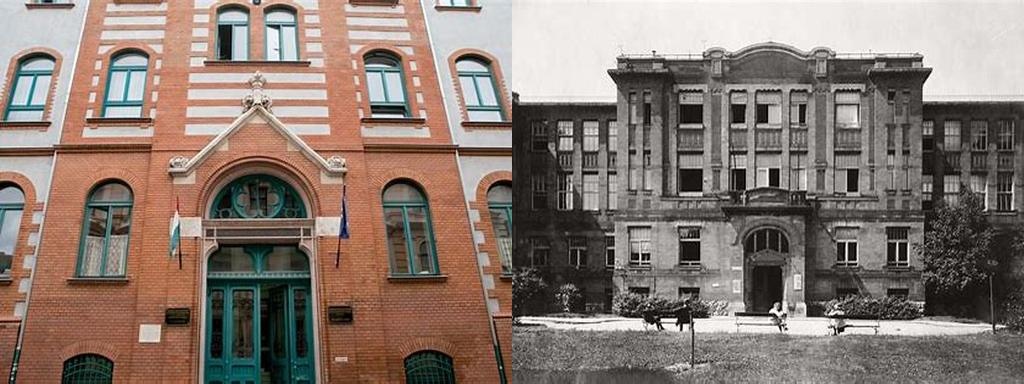
Semmelweis Egyetem, a defining pillar of medical education in Hungary, is more than a hive of scientific progress. Its campus is sprinkled with buildings that catch the eye of even the most casual city stroller, especially those institutes set along Üllői út and their dignified, eclectic, brick-clad facades. Walking past these edifices, it’s easy to let your gaze wander upward, tracing intricate window casings and decorative motifs, wondering who once hurried through these arched entrances. Here, architecture and history intertwine in a way that feels very different from the grand showpieces lining Andrássy or the banks of the Danube; here, the story is closer, quieter, and takes shape in red brick and finely hewn detail.
The university itself, named after the eminent Hungarian physician Ignaz Semmelweis—the “savior of mothers”—has roots deep in scientific revolution. Founded in the late 18th century, its current campus blossomed mainly around the late 19th and early 20th centuries, when Budapest was in its urban ascendancy. The institutes along Üllői út—such as the Anatomical, Histological and Embryological Institute—reflect the eclectic style, which means you’ll see a creative blend of historical references: a dash of Renaissance here, a whiff of Baroque there, and a strong dose of late 19th-century innovation. These buildings are clad in red and yellow brick with bands of limestone or plaster, giving them a distinctive character, a contrast to the more solemn neoclassicism of nearby civic offices or the ornate curve of neighboring palaces.
What makes these buildings special isn’t just their style, but their undiluted presence on the streetscape. Unlike some institutional complexes with fenced-off lawns, the Semmelweis institutes draw practically no line between the bustle of Budapest and the world of science within. For decades—including through the rigors of World War II and the seismic changes of 1956—students and researchers have stood in the very same orchestration of corridors and lecture halls. When you step onto the campus, particularly around the Nagyvárad tér cluster, there’s a living sense of history. Heading under the ornate archways, you can still see students perched on wide staircases, clutching textbooks and whispering over skeleton diagrams, much as their predecessors did a century ago.
For architecture enthusiasts, it’s the layering of details that is most rewarding. One finds arcades supported by carved columns, intricate tilework, and the recurring motif of medical emblems—serpents entwined, or stylized representations of the staff of Asclepius. Natural light seems to flood every stairwell, illuminating everything from robust balustrades to the original mosaic floors. The brickwork, meanwhile, is a visual feast, ranging from simple Flemish bond to elaborate patterns that make the wall surfaces seem almost textile—yet all of it maintains a studied dignity befitting a world-class university.
Wandering the area, you might duck into a nearby café and watch as doctors-in-training pass by, white coats bundled under arm, framed by facades whose brick has weathered the bitter cold of Hungarian winters for generations. Despite renovations, much authentic detail has survived. Whisperings of the past reside here: the collective memory of medical breakthroughs, determined students, and the ever-evolving pursuit of knowledge. It is no exaggeration to say these walls have heard stories—a nervous medical student’s first oral exam, a late-night eureka moment in the lab, cheers (and perhaps tears) marking graduation days.
While you may come for the architecture, you’ll linger for the atmosphere. With every footstep echoing along tiled corridors, you join the procession of countless others, inspired by an environment where beautiful form and vital function meet. For anyone curious about Budapest’s living history, and about how a university can blend the gravitas of tradition with the energy of discovery, the eclectic, brick-clad institutes of Semmelweis Egyetem offer a rewarding stop—one that speaks as much to the city’s soul as its spectacular domes and spires.





